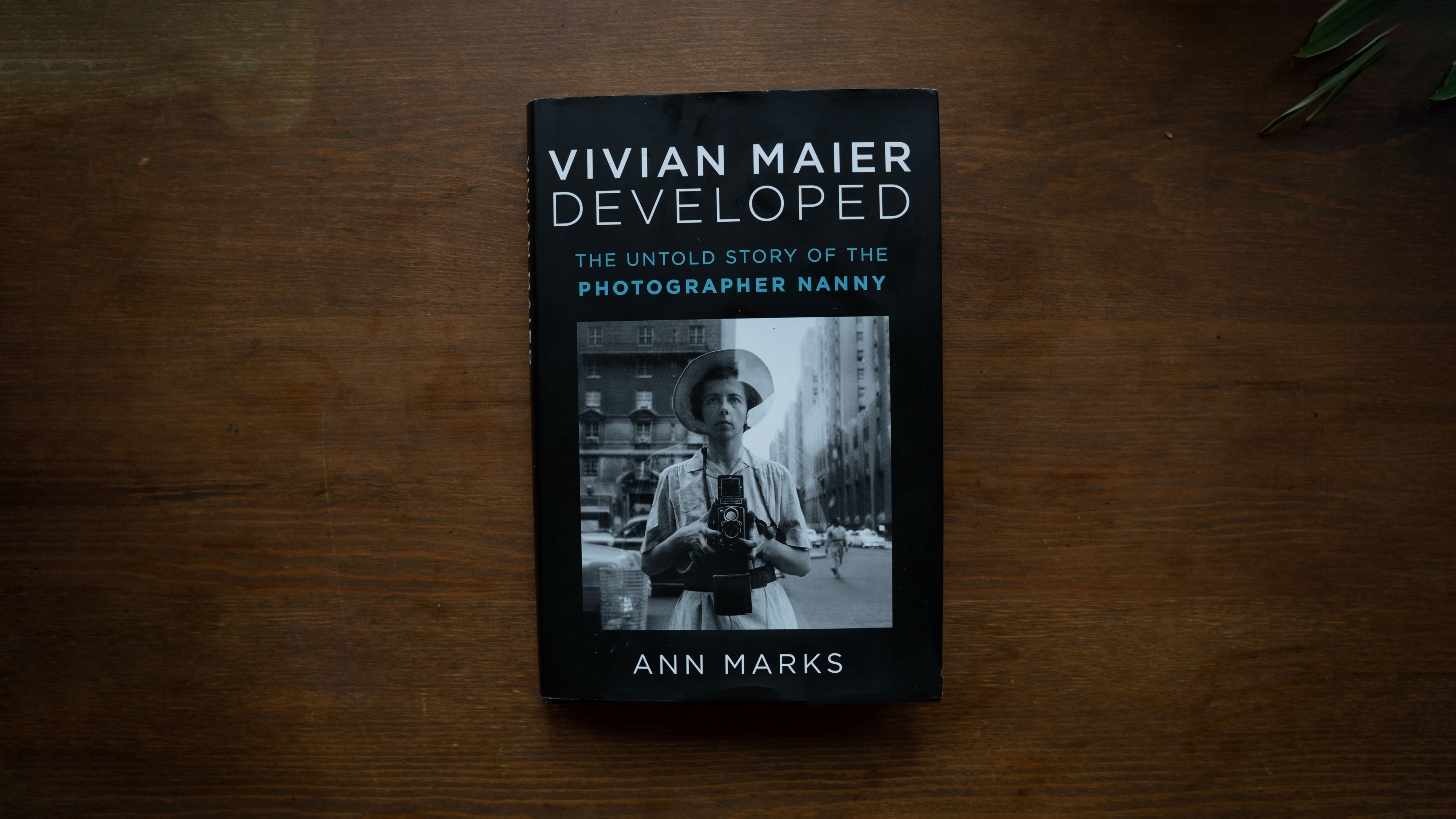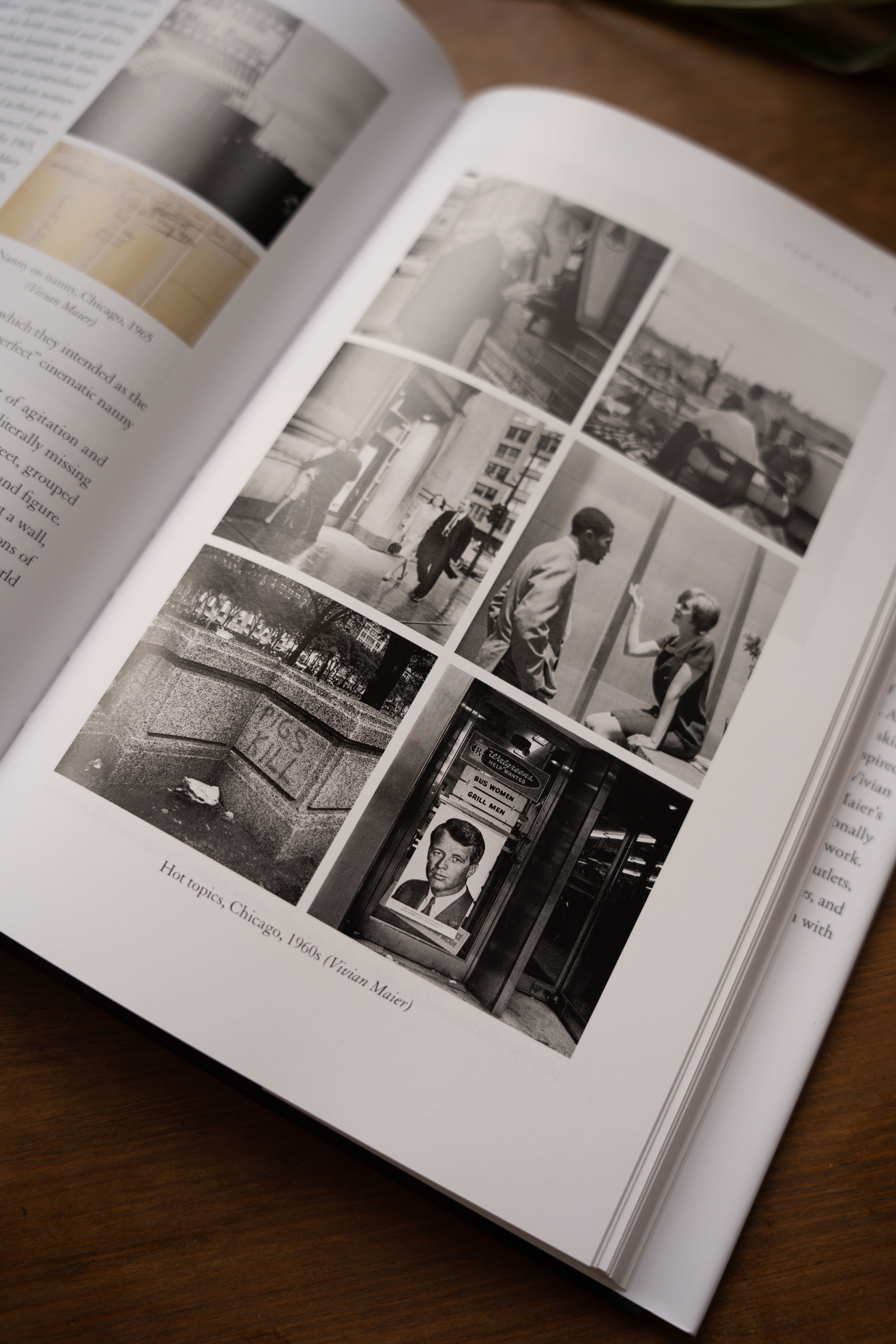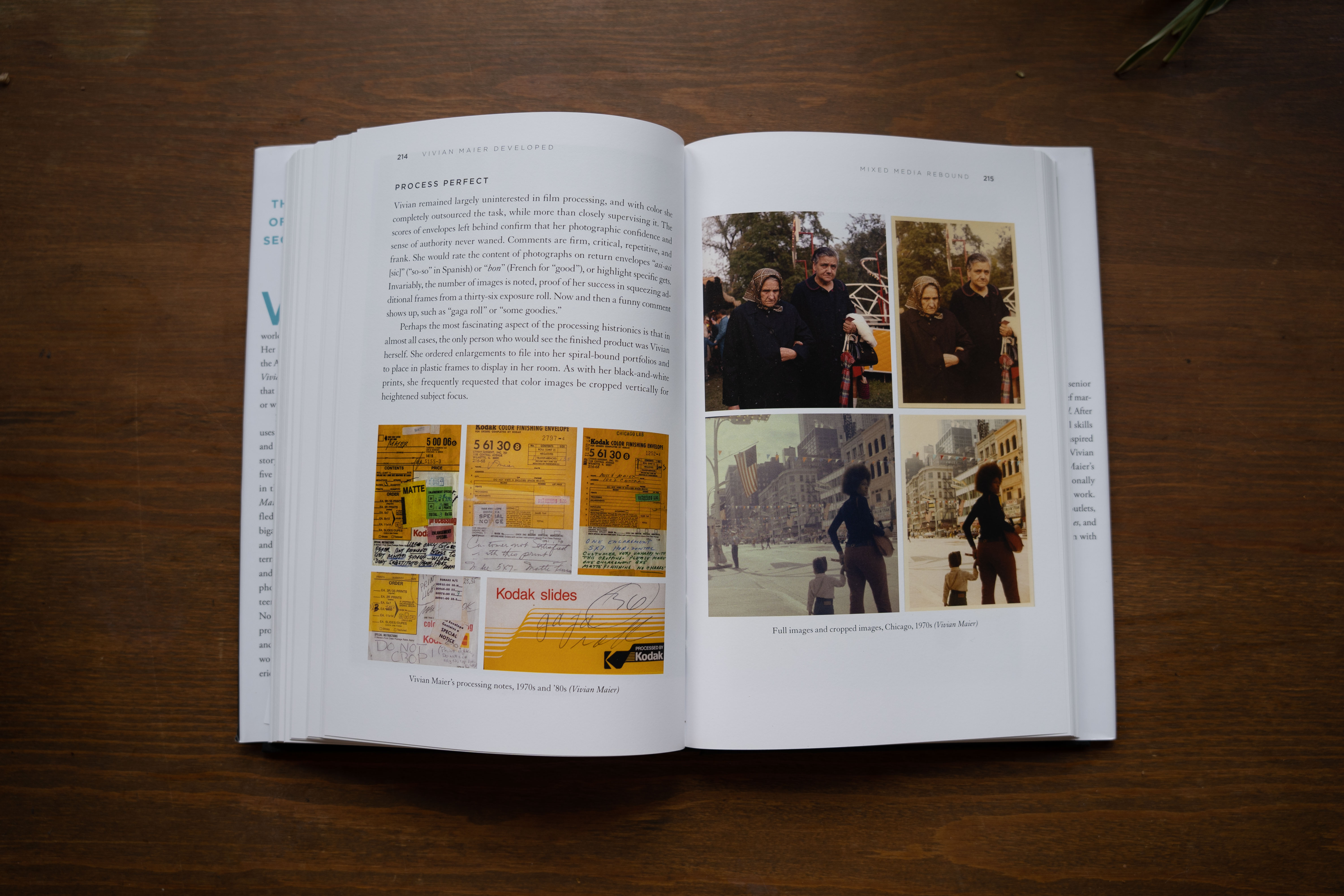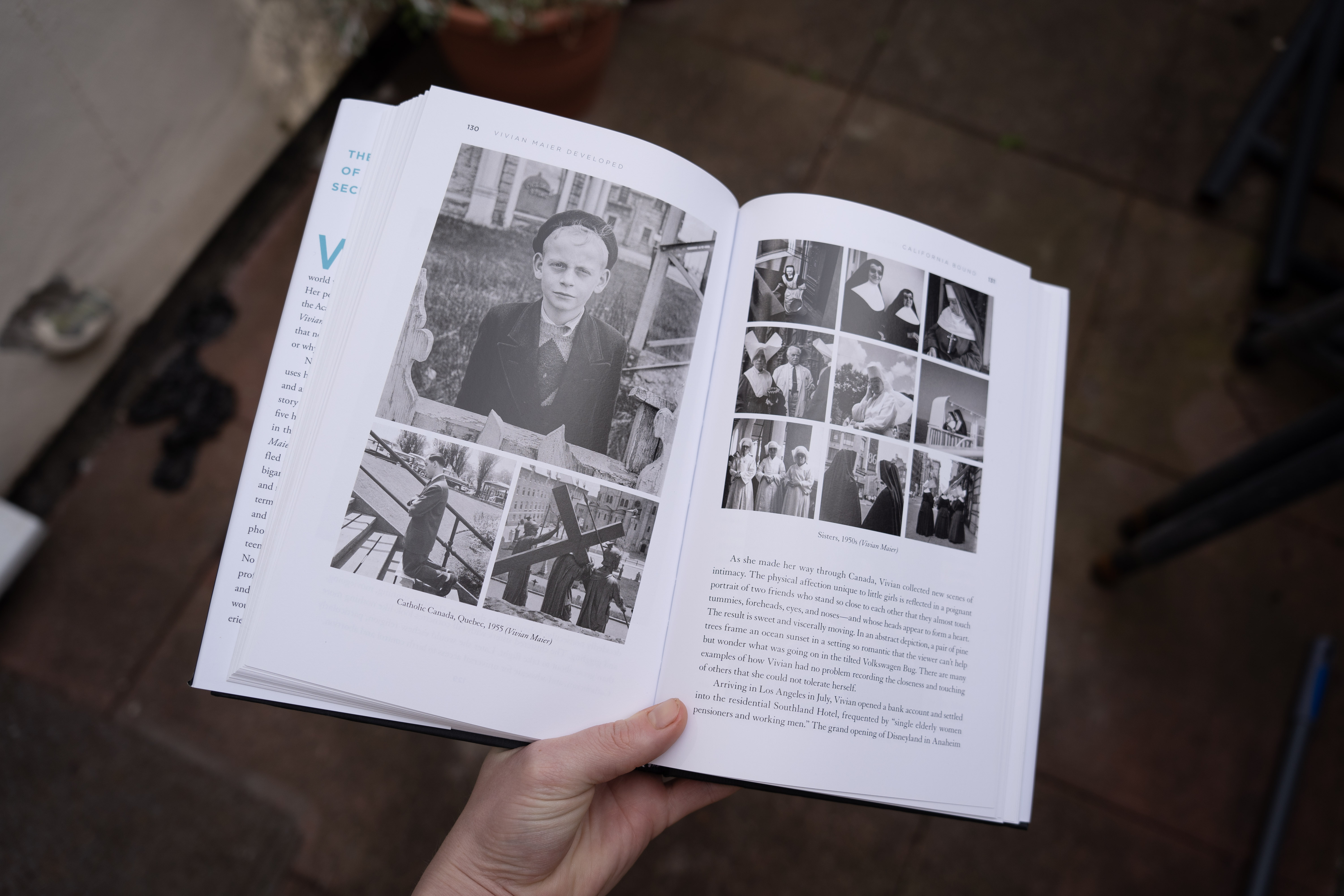Vivian Maier's mysterious tale told in a gripping new biography
Ann Marks uncovers what life was like for the secretive nanny who spent her free time moonlighting as a photographer

Vivian Maier Developed is a beautifully written, insightful biography into the life of the self-described “mystery woman”. Where there were once gaps in Vivian Maier’s life, Ann Marks has worked tirelessly to put together the puzzle pieces using thousands of photos, voice recordings and videos found in the extensive Maloof Collection.
The end result is a thorough account of Maier’s life exploring not just her past, but delving into her family tree in an attempt to understand why Maier was as modest and secretive as she was.
• These are the best cameras for street photography
Vivian Maier led a mysterious double life as a nanny and a photographer – but few knew about the latter until her death in 2009. Thought to be one of the most prolific photographers of the 20th Century, her photos documenting life in New York and Chicago in the Fifties and Sixties have made her name synonymous with street photography to this day, her work remains one of the most exciting photographic discoveries of all time.
Like so many talented artists, Maier only became famous after her death but it virtually happened overnight. In 2007, John Maloof uncovered a treasure trove at an auction house in Chicago containing thousands of negatives taken by an anonymous photographer. Aged just 26, Maloof could sense they were of great importance and went on a mission to discover other work by the photographer, so that he could keep the collection together. It wasn't until her obituary was released in 2009 that he was able to link her name to anyone.

After watching the 2013 film, Finding Vivian Maier, Ann Marks, a former corporate executive was drawn in by the magic of her photos and the mystery that clung to her life. The film posed questions that Marks wanted the answers to and, with a background and love for solving quotidian mysteries, she contacted Maloof and Goldstein to see if she could collaborate with them to find out what happened to Maier’s, brother who seemed to vanish in the 1940s.
Shortly after, Marks uncovered a baptism record for Maier’s elusive brother and eventually, at the request of Maloof and Goldstein, Marks agreed to write the biography. She was granted complete, unadulterated access to all the photos, negatives, personal artifacts and films Vivian left behind, and embarked on a journey of discovery that would shine a light on this extraordinary woman.
Get the Digital Camera World Newsletter
The best camera deals, reviews, product advice, and unmissable photography news, direct to your inbox!
In the book you begin to realize that Vivian Maier’s life was by no means an easy one – her family has a history of violence, substance abuse, mental illness and illegitimacy – yet she was known to be an empathetic, well-loved nanny, moonlighting as a photographer. She spent her early childhood being raised solely by her mother in New York before moving to Champsaur, France at the age of six.

The next six years Vivian spent happily acting like a child, free from the loneliness and turmoil she experienced in the States, but those feelings wouldn't last. By the age of 12, she would return to Manhattan – a moment that Ann Marks presumes marked the end of her childhood and the start of a fiercely independent woman. Left to her own devices in an isolating city, Vivian began to seek companionship in elderly women and found relief in self-education.
Whether shooting self-portraits in window reflections or capturing people in the streets, Maier’s work expressed thoughts and feelings she rarely spoke about in person. Photography was without a doubt her release and yet she had no desire to develop the hundreds of rolls of film she stacked up. Forever on a path of self-improvement, Maier never stopped learning, looking and lining up the next poignant shot.
As far as biographies go, Vivian Maier Developed is as gripping as it is informative. Ann Marks has managed to answer questions nobody knew the answers to, thanks to meticulous research and her desire to make Vivian’s story known.
You don’t need to love photography to enjoy this book, but the images and scans of documents found among her personal possessions bring a visual element that ties in perfectly with the text. It’s one of those books that when you pick it up, you might struggle to put it down or forever be looking for the next chance you have to read “just one more chapter”.

Read more:
Best film cameras
Best 35mm film, roll film and sheet film
Best film scanners

Having studied Journalism and Public Relations at the University of the West of England Hannah developed a love for photography through a module on photojournalism. She specializes in Portrait, Fashion and lifestyle photography but has more recently branched out in the world of stylized product photography. Hannah spent three years working at Wex Photo Video as a Senior Sales Assistant, using her experience and knowledge of cameras to help people buy the equipment that is right for them. With eight years experience working with studio lighting, Hannah has run many successful workshops teaching people how to use different lighting setups.
